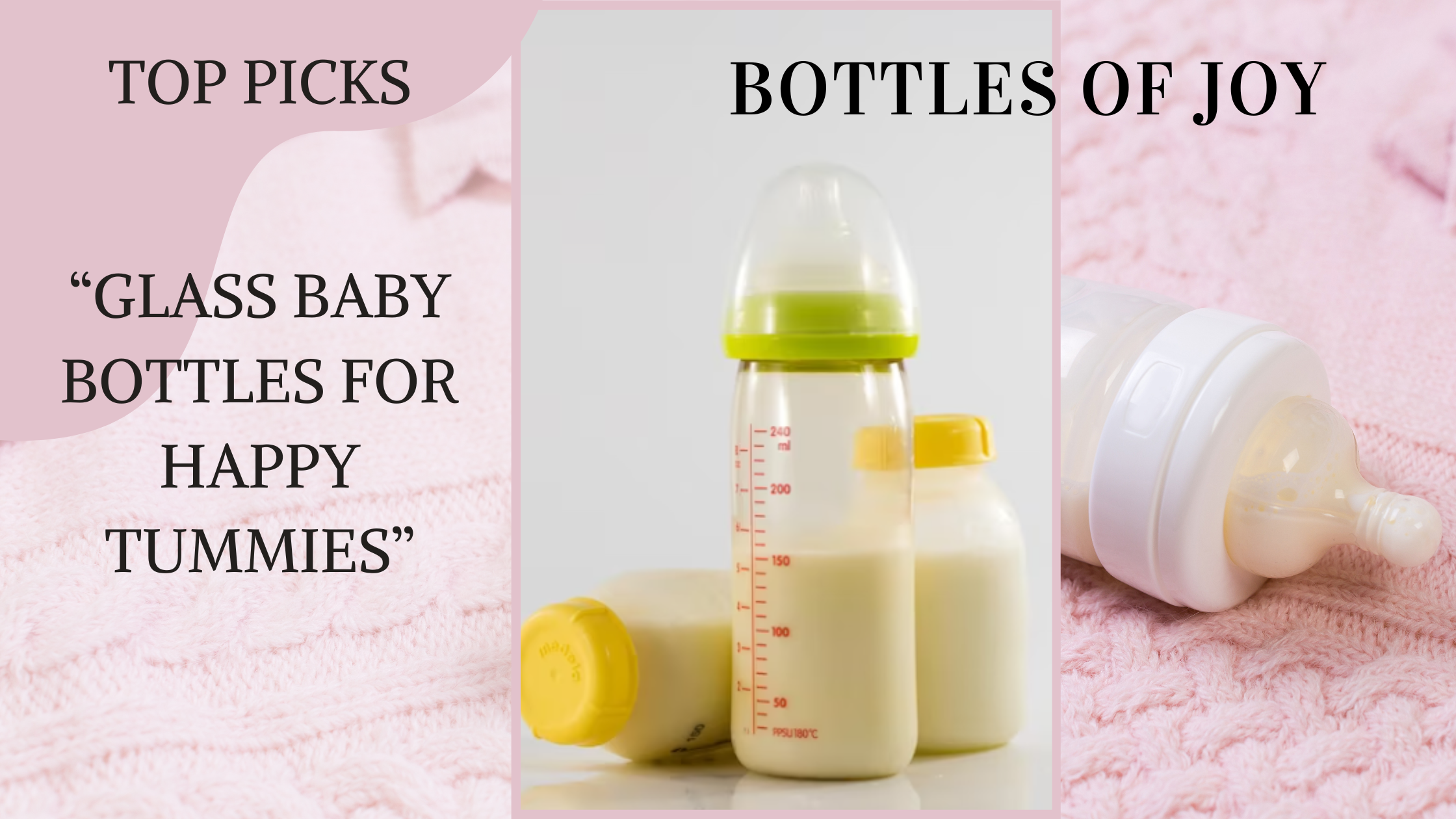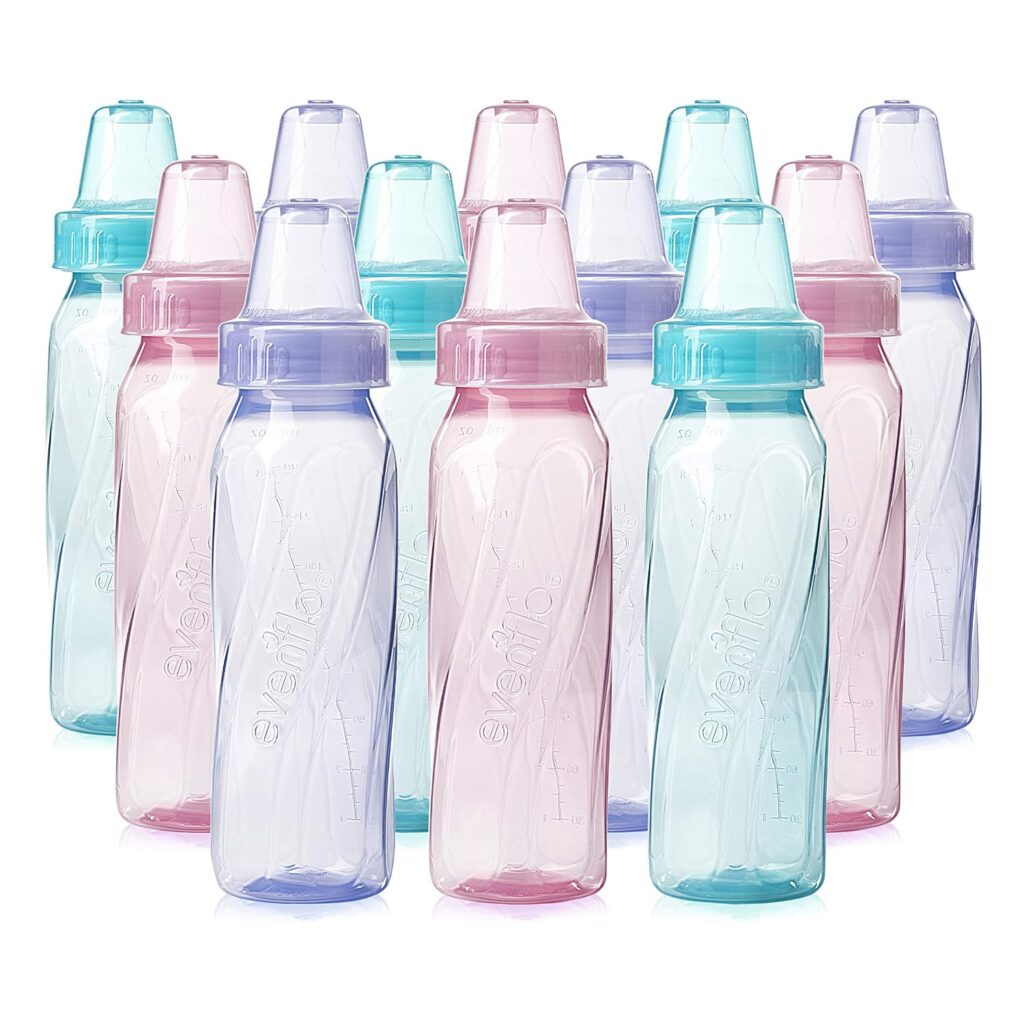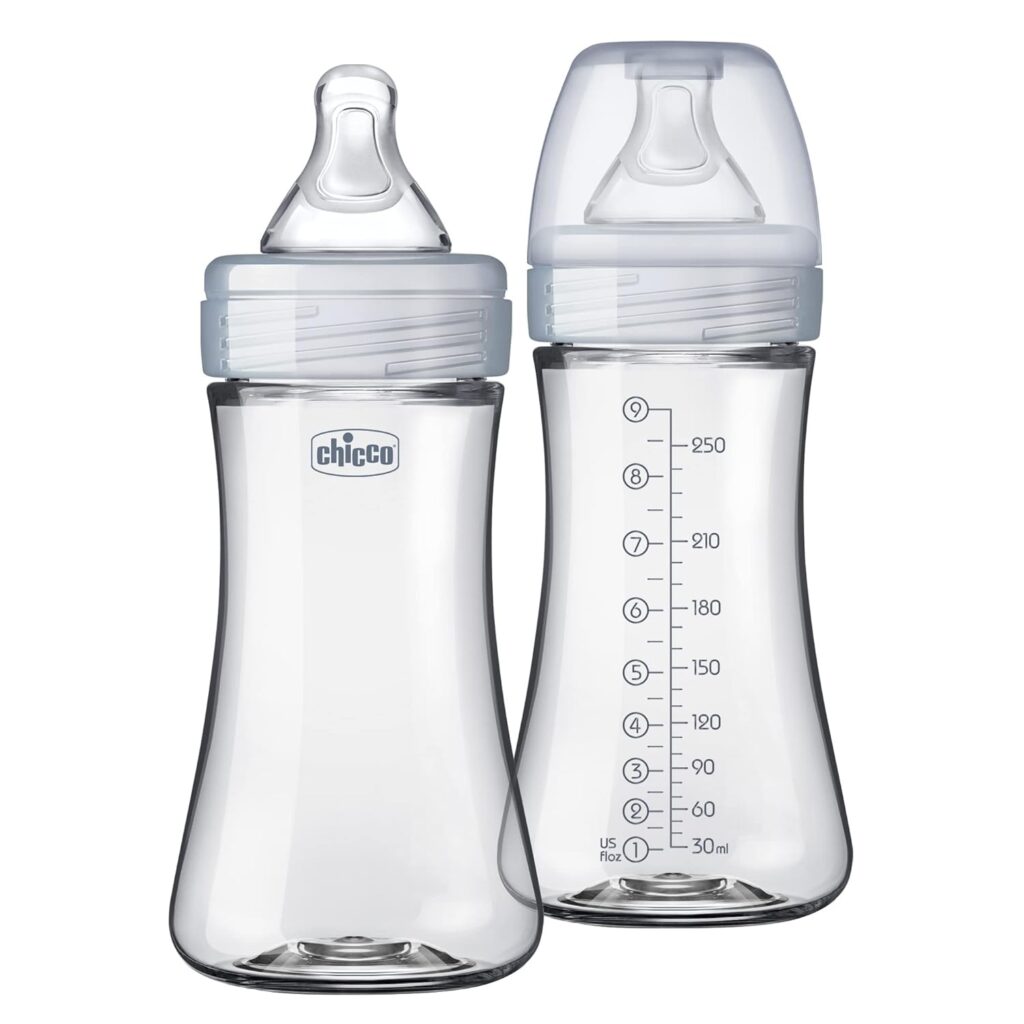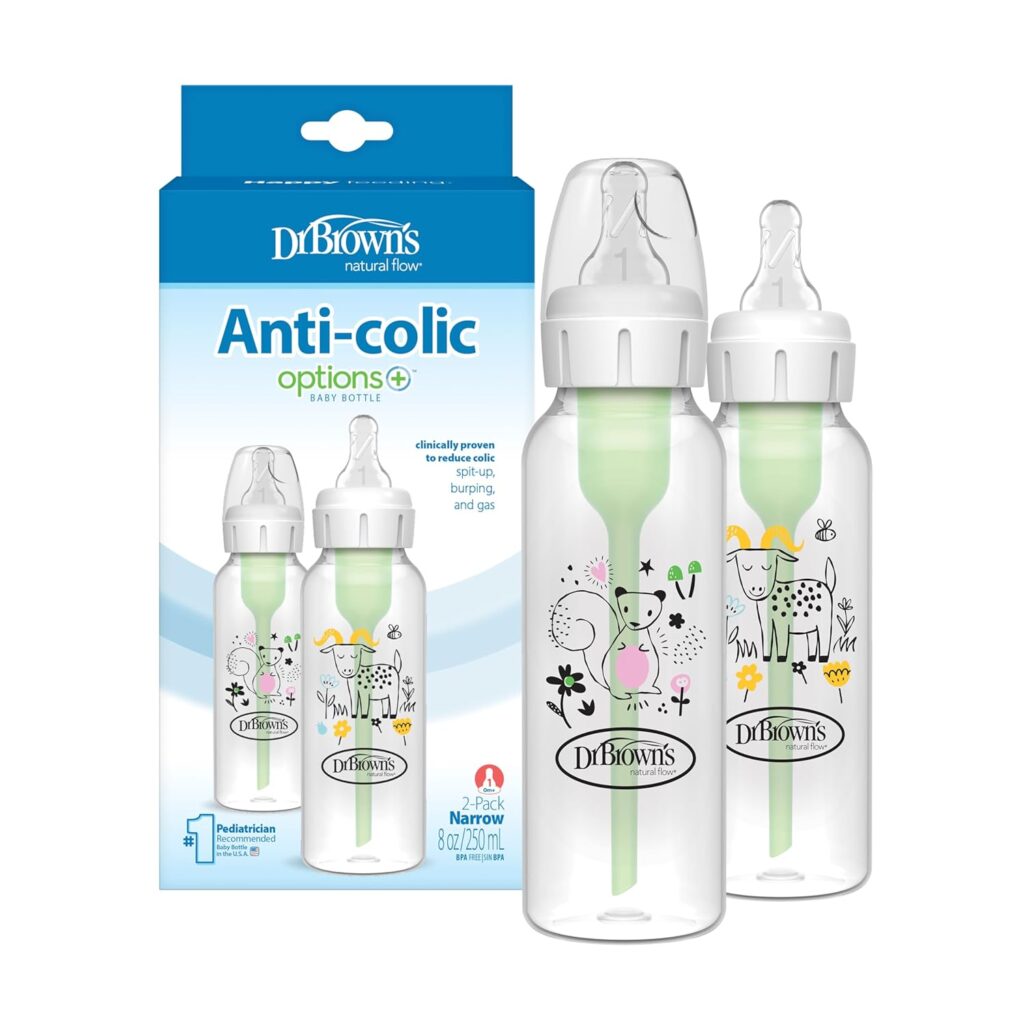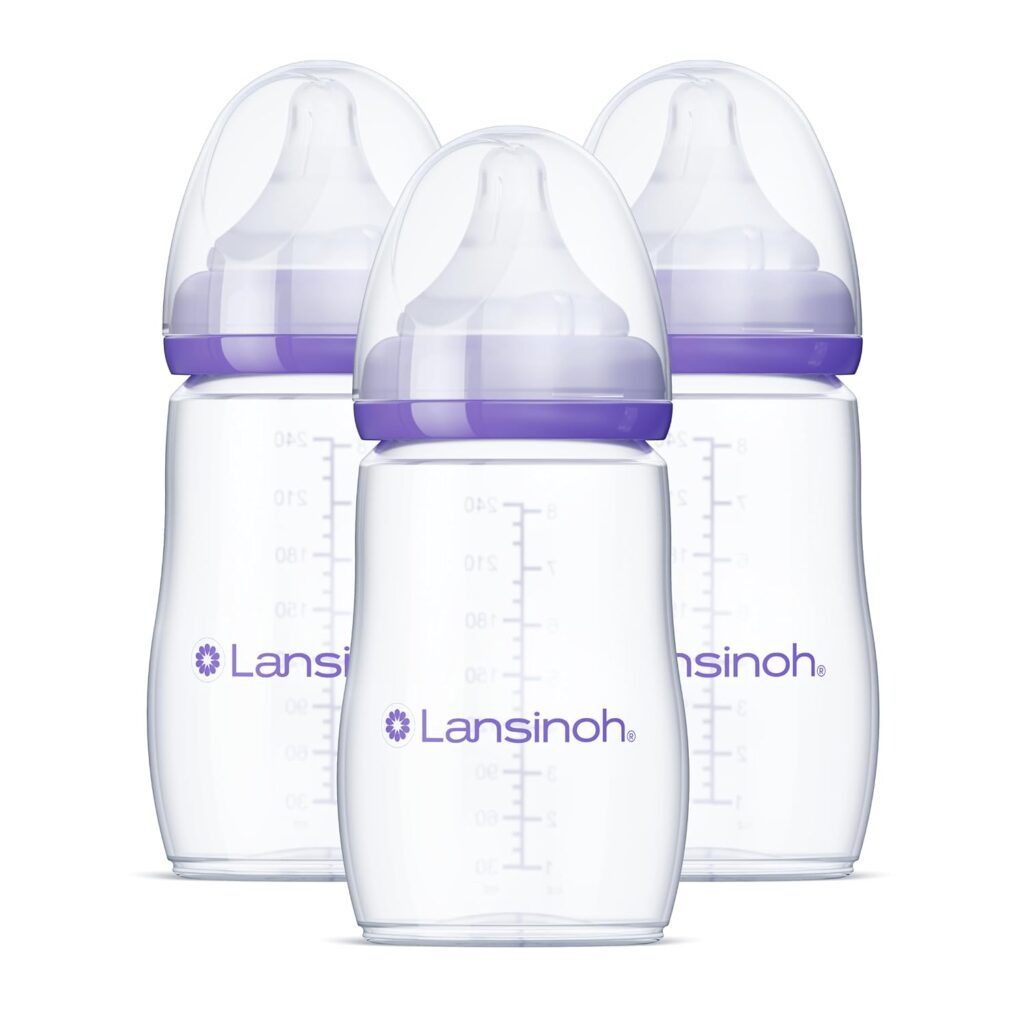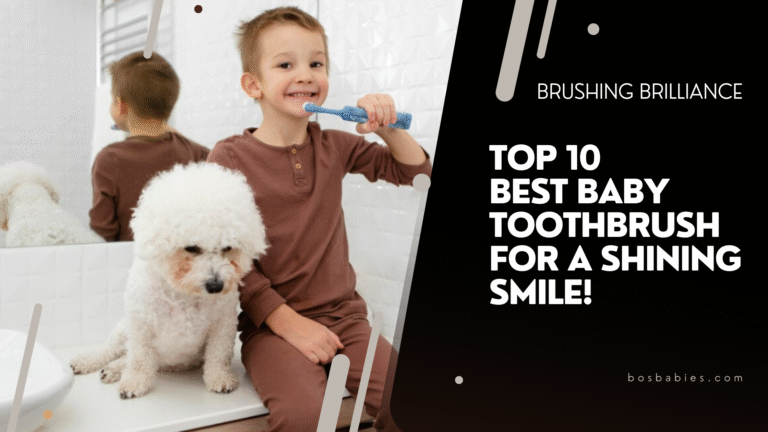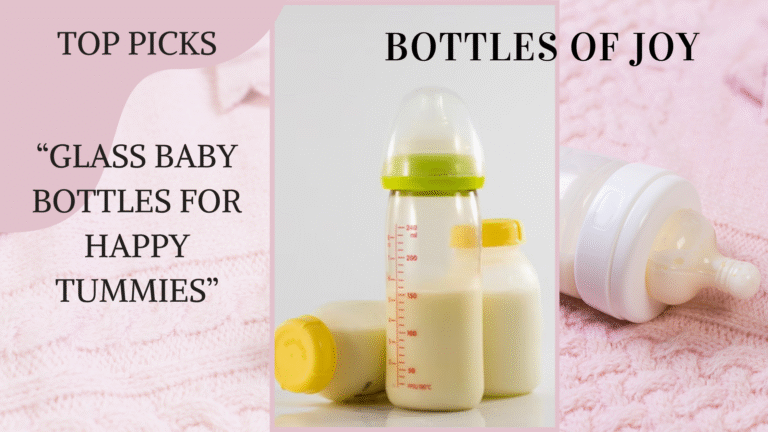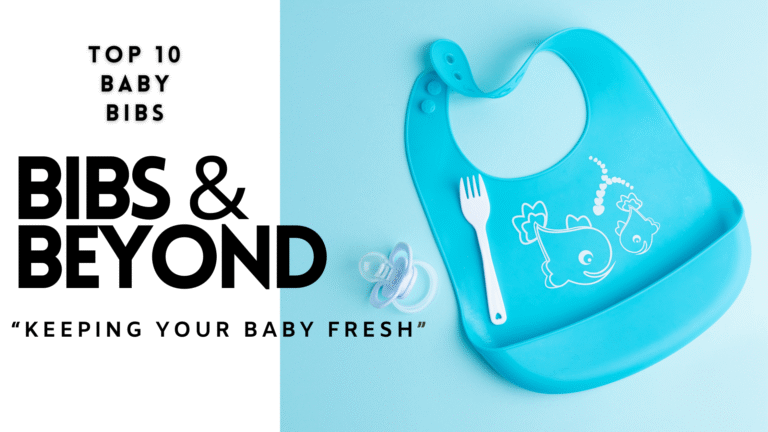Glass vs Plastic Baby Bottles: 9 Eye-Opening Pros and Cons Every Parent Should Know
Confused between glass vs plastic baby bottles? This 2025 guide breaks down 9 key pros and cons, safety tips, and top product picks so you can choose wisely.
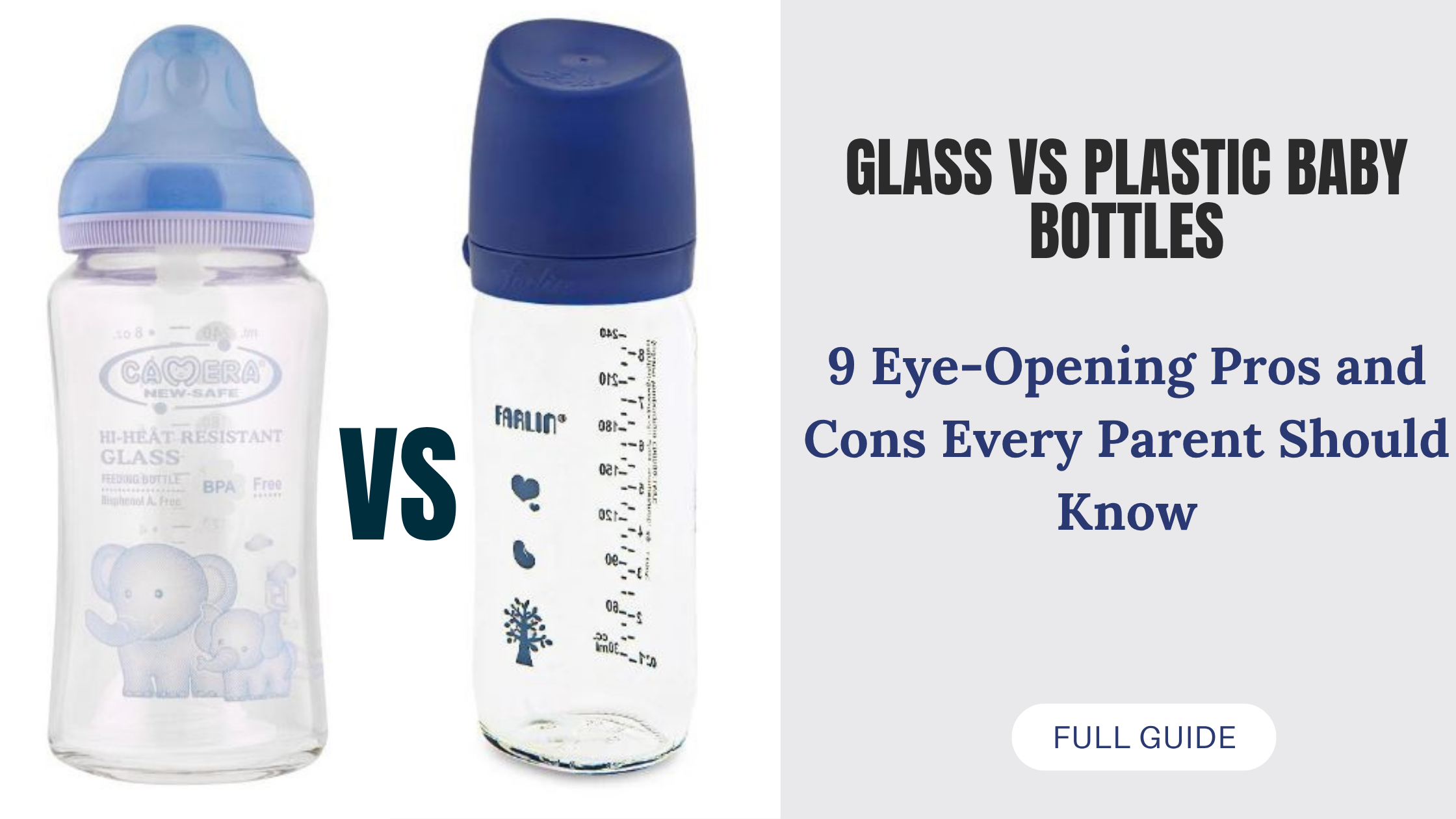
That Time I Bought 12 Bottles—and Regretted It
It was week two of parenting. I’d barely slept. I panicked and bought a 12-pack of plastic baby bottles I found on sale. By week three, half were leaking, two had warped in the dishwasher, and I was googling “bottle smell won’t go away.”
Cue the “aha” moment: maybe not all bottles are equal.
If you’re debating between glass vs plastic baby bottles, you’re not alone. And this guide? It’s your fast track to choosing smart—without the stress.
Glass vs Plastic Baby Bottles: What’s the Real Difference?
Let’s get back to basics:
- Glass Bottles are heat-treated or borosilicate glass. They’re non-toxic, long-lasting and free of chemicals.
- Plastic Bottles are lightweight and durable with or without the collar and insert and unbreakable in most cases depending on how and where they are used.
But the variations are more than merely about “what it is made of.”
It’s not just about lifestyle, of course, but also about safety and convenience.
Glass Baby Bottles: Pros and Cons
Pros
- No chemical leaching—safe even with boiling water
- Easy Clean – (No stinky smell, no stain)
- Last longer—less likely to scratch or warp
- Dishwasher + sterilizer safe
Cons
- Heavier—can be tough for little hands
- Breakable (though most come with silicone sleeves now)
- Pricier upfront
Plastic Baby Bottles: The Good and The Bad
The Good
- Ultra-light weight perfect bed for travel or daycare and any room in your house
- Budget-friendly
- Easier for babies to hold
The Bad
- May wear down with frequent sterilizing
- Can absorb odors or get cloudy
- May continue to have chemicals such as BPS (substitute for BPA)
9 Key Factors to Consider When Choosing Baby Bottles
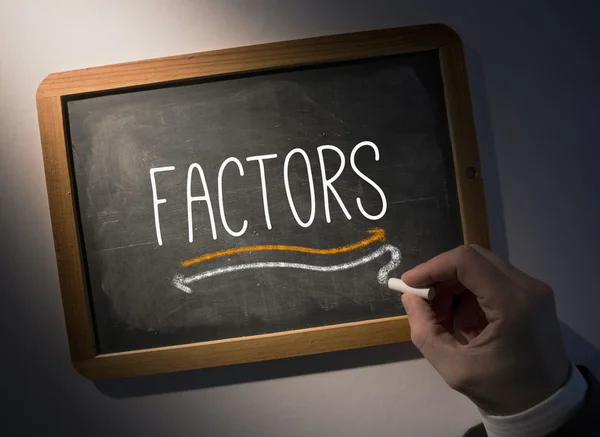
Here’s a mini checklist to help you select the best bottle for your baby and lifestyle:
- Safety: Free of BPA/BPS/phthalates?
- Weight: Will baby be able to hold it comfortably?
- Durability: Will it withstand teething, drops, heat?
- Cleanness: How easy is it to clean and sterilize all the parts?
- Resistance to Heat: Does it resist hot water or microwave sterilizing?
- Price: Does it suit both your budget now and for the foreseeable future?
- Eco-Friendliness: Can it be recycled or reused?
- Pump Compatibility: Will it fit your pump?
- Nipples: Are there slow, medium, and fast nipples?
Pro Tip: Try the 2 glass and 2 plastic bottles to test before you commit to a full set.
Glass = Zero chemicals. Period. Plastic = Safer now, but might still break down with time and heat. If you do opt for plastic, here’s what you should look for.
The Ultimate Comparison Table: Glass vs Plastic Baby Bottles
Feature | Glass Bottles |
| Plastic Bottles | |||||
Chemical-Free |
|
|
| ✅ |
|
|
| ✅ (if BPA-free) |
Weight |
|
|
| ❌ Heavier |
|
|
| ✅ Lightweight |
Breakable |
|
|
| ❌ Risk |
|
|
| ✅ No |
Cleaning |
|
|
| ✅ Easy |
|
|
| ❌ May retain smells |
Durability |
|
|
| ✅ Long-term |
|
|
| ❌ Wears faster |
Eco-Friendly |
|
|
| ✅ Recyclable |
|
|
| ❌ Often disposable |
Travel Friendly |
|
|
| ❌ Bulky |
|
|
| ✅ Yes |
Price |
|
|
| ❌ Higher upfront |
|
|
| ✅ More affordable |
BPA, BPS & Chemicals: What to (Really) Worry About?
Though BPA is now prohibited in baby products in most places, a lot of plastics today are made with BPS and other endocrine disruptors.
- Glass = Zero chemicals.
- Period of Plastic =.Safer now, but might still break down with time and heat. If you do opt for plastic, here’s what you should look for:
- BPA/BPS-free
- Heat-resistant
- Replaced every 4–6 months

Best Use Cases: When to Choose Glass, When to Go Plastic
Choosing the “best” baby bottle often depends on where and how you plan to use it.
Choose Glass Bottles If:
- You mostly feed at home
- You want a chemical-free option
- You’re using a dishwasher daily
- You’re okay with a bit of weight
Choose Plastic Bottles If:
- You travel often or use daycare
- You need something lightweight
- You’re on a tight budget
- You don’t mind replacing bottles more often
Pro Tip: Many parents use both—glass at home, plastic on-the-go.
These are the go-to favorites for plastic-loving parents:
1. Evenflo Feeding Classic Plastic Standard Neck Bottles for Baby
- Value 12-pack – perfect for on-the-go or multiple feedings
- Constructed with BPA free plastic safe and durable and light weight
- Standard neck style – simple to clean and can be used with most nipples
- Proven air venting system – reduces air bubble organization to limit the amount of gas baby ingests and promotes comfortable feeding.
- Happy pastel colors – praiseworthy colors that are unisex and easy to recognize
- Leak-proof twist-on cap – when closed, your bottle won’t leak during transport
- Intended for newborns and up – suitable for slow, medium and fast flow nipples
- 8 ounces each – perfect for growing appetite stages
- The Daily Fun Durable Dog Toy are ideal for everyday use – great for daycare, home or on the go
- Top-rack dishwasher safe – easy clean-up for busy parents
These Evenflo Classic Bottles are a great value and reliable products with a history of proven performance in both feeding and maintaining the mother’s milk supply. Great for parents who require reliable performance and ease of use without excess bulk.
Simple. Colorful. Reliable. Not everything new parents want in a baby bottle.
2. Chicco Duo 9oz Hybrid Baby Bottle
- Revolutionary hybrid design: Glass inside and plastic outside for strength and safety
- Invinci-Glass™ interior lining – prevents odor, stains and maintains milk purity
- Plastic outer shell light weight and shatterproof
- Intui-Latch™ nipple naturally shaped for easy transition from breast to bottle
- Anti-Colic Valve: minimizes air intake to help prevent gas and reduce reflux
- Fits most warmers and sterilizers – feed directly from one container Simple preparation for feeding
- 9 ounces – for feeding baby larger portions per sitting
- Dishwasher safe – hassle free cleaning
- BPA, BPS, and phthalate free – safe for your baby
- Slick clear and grey design – contemporary, unisex look
Chicco Duo Bottles are right for parents and their newborns who want the healthy benefits of a glass bottle but the security of a plastic one. Good for sensitive babies and moms who combine breast- and bottle-feeding.
Chicco Duo – Where pure taste and experience don’t miss. Pure taste that meets the needs of modernity: perfection unites with action.
3. Boon Nursh Reusable Silicone Pouch Baby Bottles
- Reusable silicone pouch design. collapses as your little one drinks, which reduces the amount of air swallowed.
- Safe silicone – no BPA or phthalates Soft and squeezable for four times the fun.
- Vent free system – no gas, colic and reflux reduced naturally.
- 3 months +Medium flow nipples – ideal for 3-6 months baby.
- Simply fun and playful to use with a fresh, modern twist; this color blocked design is fun and modern.
- Simple to put together and easy to clean – less parts than other bottles.
- Microwave, Freezer, and Dishwasher safe – High Temperature Resistance.
- Fits wide mouth bottles – easy to fill and pour.
- 8 oz size – To grow with baby’s drinking needs.
- Great for the eco-conscious family – reusable and sustainable Size and Color.
Boon Nursh Reusable Silicone Pouch Bottles are the most natural way to bottle feed. They provide baby a natural feel and parents an easy clean up, plus they cut back on waste.
The performance is there without having to give up on the green. Boon delivers both.
4. Dr. Brown’s Narrow Bottle, Squirrel & Goat, 8 Oz, 2 Count
- Narrow necked bottle – perfect for beginners and parents who prefer a smaller mouthed bottle.
- Anti-colic internal vent system – proven to reduce colic, Decreases gassy spit up and burping.
- Simple Hold – all your child needs in your palm Soft silicone Level 1 nipple -slow flow for newborns
- Adorable Squirrel & Goat print – fun for both boys and girls
- Free of BPA – Safe for everyday feeding
- Options +Vent system – use with or without the vent as baby’s feeding develops
- Preserves breast milk nutrients – won’t do baby to bottle to breast.
- Dishwasher and sterilizer safe – easy cleaning
- 8 oz size – for growing feeding needs
- Pediatrician recommended because all doctors should be this easy to work with!
Dr. Brown’s Anti-Colic Bottles have long been a go-to for parents facing fussy feedings. Their superior venting system supports baby’s digestion with baby not swallowing air and line helps reduce colic, burping and gas.
Feeding is a breeze and fuss-free with Dr. Brown’s reliable system.
5. Lansinoh Anti-Colic Baby Bottles with Natural Wave Nipple
- Specially designed to be closer to breastmilk and 40 oz ready to feed formula. Origin – helps avoid nipple confusion
- Natural Wave® Nipple – designed to follow the natural motion of a baby’s tongue.
- Air ventilation system (AVS™) – helps reduce air ingestion and symptoms of colic
- 8 oz size is ideal for infant feeding and transition feeding grow with baby bottles and sippy cups
- Comes with 3 medium flow teats – perfect for 3 months and up
- Free from BPA and BPS- worry free feeding materials
- Easy to put parts together and clean with as few pieces as possible, wide neck design
- Fits Lansinoh breast pumps – to pump directly into bottle
- Soft silicone nipple – makes it easier for baby to latch; anti-colic valve66% wide, breast-like shape nipple encourages a good latch.
- Light, ergonomic design makes it easy to hold and give to baby over a long period of time
Lansinoh Anti-Colic Bottles are a must-have for breastfeeding families. It encourages peaceful learning opportunities and promotes baby balanced feeding and swallows with its smart design.
Encourage quality breastfeeding success during peaceful bottle time with Lansinoh.
Cleaning and Sterilizing: Does It Differ by Material?
Glass Bottles
- Dishwasher safe
- Don’t retain smells or residue
- Less risk of scratching
Plastic Bottles
- May need hand washing to avoid warping
- Can cloud over time
- Absorb odors from formula or milk
Always check for:
- Mold in bottle nipples or rings
- Cracks in plastic
- Discoloration after sterilizing
Replace worn or damaged bottles immediately.
Travel-Friendly Bottles: Which Is Better on the Go?
Plastic wins this round.
- Glass bottles can be heavy and risky if dropped.
- Plastic bottles are Easier to pack, often shaped to fit car cup holders and stroller pockets
- Less stressful for plane or train travel
That said, some hybrid glass bottles like Chicco Duo offer glass safety with plastic convenience.
Budget Breakdown: Are Glass Bottles Worth the Price?
Let’s crunch the numbers.
Category | Glass Bottles | Plastic Bottles | |||
Initial Cost (per bottle) | $8–$14 | $3–$8 | |||
Replacements Needed | Rarely | Every 3–6 months | |||
Dishwasher Wear | No | Yes | |||
Odor/Stain Retention | No | Sometimes |
Over time, glass bottles may actually save you money—especially if you plan to use them with multiple kids.
Real Parent Reviews: The Truth about Everyday Use
“We started with plastic but switched to glass after bottle odors drove us nuts. Wish we’d done it sooner!” – Nina, WA
“Evenflo was a lifesaver for our baby who refused every other bottle. And it’s plastic!” – Marcus, NY
“I love our Lifefactory glass bottles. They look good, feel good, and I never worry about what’s leaching into the milk.” – Jen, TX
FAQs about Glass vs Plastic Baby Bottles
- Are glass bottles safe for babies to hold?
A: Yes, even the silicon sleeved ones. - Can I mix and match glass and plastic bottles?
A: Off course. Many parents do—plastic for daycare, glass at home. - Are plastic bottles still safe after repeated use?
A: Yes, if BPA-free and used properly. But replace them every few months. - What’s the safest bottle material overall?
A: Glass. It’s free from all chemicals and doesn’t degrade over time. - Do glass bottles work with all breast pumps?
A: Most wide-neck glass bottles are compatible, but check your specific pump brand. - Are silicone bottles a third option?
A: Yes! Silicone bottles are safe and soft and wonderful for breastfed babies (like Evenflo)
Conclusion: The Best Baby Bottle Is the One That Works for You
In the end, the glass vs plastic baby bottles debate isn’t one of right or wrong — it’s about what makes sense for your family.
- Want peace of mind and years of durability? Go glass.
- Want one that is lightweight, cheap and daycare-friendly? Plastic’s your pal.
- Or? Mix and match. Try both.
See what your baby loves. Because where bottles are concerned, what fits one size never fits all but an educated guess is always best.

